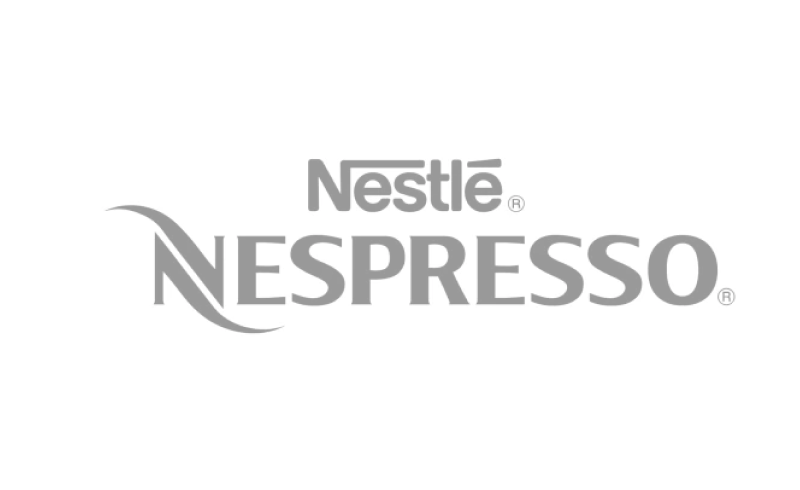Magento’s a renowned and versatile eCommerce platform that offers a comprehensive solution for creating and managing online stores. Organizations can use Magento Open Source, a free edition which provides essential features for: straight forward checkout, mobile support, catalog management, and customer engagement.
What is Magento?
Magento is an open-source eCommerce platform that was created as a fork of osCommerce and was first released in 2008, built using PHP. The platform allows users to build, manage, and scale online eCommerce stores, with customizable themes and templates enabling the creation of unique and personalized websites.
Magento provides a wide range of features and tools including inventory management, SEO, marketing, and analytics tools, as well as a flexible modular architecture. Magento 2, an updated version of Magento, was released in 2015, which introduced a number of new features and improvements, such as improved performance and scalability, and a more user-friendly interface.
In 2018, Magento was acquired by Adobe, who changed the offerings to include both the original open-source version and a licensed version of the platform, called Magento Commerce or Adobe Commerce.
The different versions of Magento.
Magento offers different versions to meet diverse business needs. Magento Open Source is a free edition with essential features, while Adobe Commerce is a licensed version for larger enterprises. Magento 2 is the latest version, providing improved performance and new tools. Businesses can choose the version that suits their requirements for eCommerce success.
Magento Open Source
The open-source version of Magento offers a way for business owners and merchants to access the platform and supporting community for free. The standard offering from Magento includes a wide range of built-in features such as integrated checkout, payment and shipping options, mobile platform support, catalog management, SEO, customer accounts, site search, and instant purchasing.
While Magento’s open-source edition can appear sparse due to the limited interactive business functionality and significantly fewer customization options, it can be ideal for smaller merchants who are looking for a cost appropriate platform through which they can access a vast community based support network.
Licensed (Adobe eCommerce)
The licensed version of Magento, known as Adobe Commerce, is a paid, enterprise-level eCommerce solution, built on the same core as the open source version. However, it includes additional features and functionality that are tailored for larger businesses.
Adobe eCommerce introduced; B2B features such as quotation and bespoke catalogs, a business intelligence dashboard, a drastically improved and expanded live chat feature, customer loyalty tools (like coupons), and visual merchandising. Additional functionality for customer segmentation, analytics, targeted marketing, and increased security have been made available in this version. Adobe Commerce also provides a higher level of scalability and security.
Magento 2
Magento 2 is the latest version of the Magento eCommerce platform, it was first released in 2015 and offers several new features and improvements over the previous version. Some of the key improvements to the platform include a significant performance boost, with Adobe claiming a 20% improvement in overall website speed. This increased speed is linked with improved SEO, as faster page loading times can help improve the visibility of a website in search engines.
Magento 2 also introduced several new tools and technologies to further improve performance and functionality. One of these tools is Composer, which allows developers to easily use third-party libraries in their projects. Another new tool is Symfony, a web application framework that allows developers to extend the functionality of Magento 2. Additionally, Magento 2 brought support for NGINX, Redis and Varnish, which further improves site speed and caching.
How does Magento work?
Magento operates by generating a responsive and user-friendly online store. When a visitor interacts with the store, their request is processed and the platform dynamically creates the necessary elements for the store’s display.
Administrators can efficiently manage products, orders, and customer details through the Magento backend. The platform’s modular structure allows for the integration of additional functionality through custom modules and extensions. Data related to the store, including products and customer information, is securely stored in a dedicated database.
Frontend
When a customer visits an online store built with Magento, their web browser sends a request to the web server hosting the Magento application. The Magento application generates a response that includes the HTML, CSS, and JavaScript required to render the online store’s frontend.
Backend
The Magento backend is where store administrators manage their store, including managing products, orders, and customers. The backend is also where administrators configure the store’s settings, such as payment and shipping options, taxes, and other store-specific configurations.
Modules and extensions
The modular architecture allows developers to create custom modules and extensions that can be added to the platform to add additional functionality. These modules and extensions can be developed by third-party developers or by the store owner’s development team.
Database
Magento stores data related to products, orders, customers, and other store-related information in a MySQL database. The database stores all of the information required to manage the store, including product descriptions, pricing, inventory levels, and customer information.
APIs
Magento provides APIs (application programming interfaces) that allow developers to integrate the platform with other systems and applications. These APIs make it possible to automate processes and share data between different systems, making it easier to manage online stores and other business processes.
Features of Magento
Magento is a popular platform for eCommerce website development that provides businesses with scalable solutions while creating an unparalleled shopping experience for their customers. Let’s take a closer look at some of its top features.
Marketing, promotion, and conversion tools | Magento offers a suite of features that can help businesses improve their marketing strategies, including cross-selling, up-selling, and promotional tools. |
Search Engine Optimization | With Magento, all websites are search engine optimization (SEO) friendly, allowing businesses to customize URLs, add meta-information, and use Google content API to increase visibility. |
Site management | With access to different design templates, batch import and export features, and CAPTCHA functionality, the platform offers a complete content management system that can be used for informational and landing pages. |
Catalog management | Businesses can easily upload, update, and manage their inventory with Magento. The platform allows businesses to configure their inventory with multiple attributes, customize prices, and designate different customer groups such as wholesalers. |
Catalog browsing | Magento improves the customer browsing experience with search features, product listing views, recently viewed items lists, product comparisons, and auto-suggested terms, all of which keep customers engaged. |
Check-out, payment, and shipping | Magento lets businesses customize the check-out process to make it as simple as possible for their customers. Customers can customize their orders and choose to have their items shipped to multiple addresses. |
Order management | Businesses can view and edit orders right from the admin panel with Magento. The platform lets businesses create invoices, generate packing slips, and shipping labels for easy order fulfillment. |
Customer accounts | Personalized experiences with customer accounts give customers access to a dashboard that contains their order status and history, wishlist, default payment options, shipping addresses, and more. |
International support | Magento can support multiple currencies and even add local tax rates when available, making it easier for businesses operating in different countries to stay compliant with data privacy laws outside the US. |
Analytics and reporting | Magento offers various analytics and reporting tools, including Google Analytics integration, to help businesses monitor the success of their websites. This feature provides business owners with insights into what’s working and what’s not, allowing them to make data-driven decisions. |
Mobile commerce | With features that allow for mobile optimization, Magento is ready to respond to the shift toward mobile commerce. Businesses can design their websites to function smoothly on mobile devices, making shopping easier for customers who prefer to shop on their phones. |
Is Magento right for you?
Magento is a popular platform for eCommerce website development that provides businesses with scalable solutions while creating an unparalleled shopping experience for their customers. Let’s take a closer look at some of its top features.
Advantages of Magento
Disadvantages of Magento
Magento use cases
Magento is used by businesses across a wide range of industries, including retail, automotive, fashion, luxury goods, consumer electronics, and more. Companies such as Ford Motor Company, Nestle Nespresso, Christian Louboutin, and Paul Smith have all chosen Magento for its flexibility, scalability and ease of integration with their existing systems.

Ford Motor Company
Ford uses Magento to power their online store for Ford Performance parts and accessories. They use Magento for its flexibility, scalability and ease of integration with their existing systems.

Nestle Nespresso
A global leader in coffee-related systems, employs the platform to power its online store which serves customers in over 50 countries. Magento was chosen for its ability to handle large volumes of traffic and large product catalogs.

Christian Louboutin
The French luxury footwear and fashion brand, use Magento to power their online store which serves customers in over 70 countries. Magento offers great scalability, flexibility, and provides easy integration with their existing systems.

Paul Smith
The renowned British fashion designer, uses Magento to power their online store which serves customers in over 70 countries. They chose Magento for its scalability, flexibility, and ability to handle large product catalogs.
